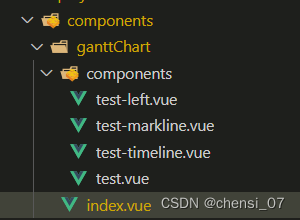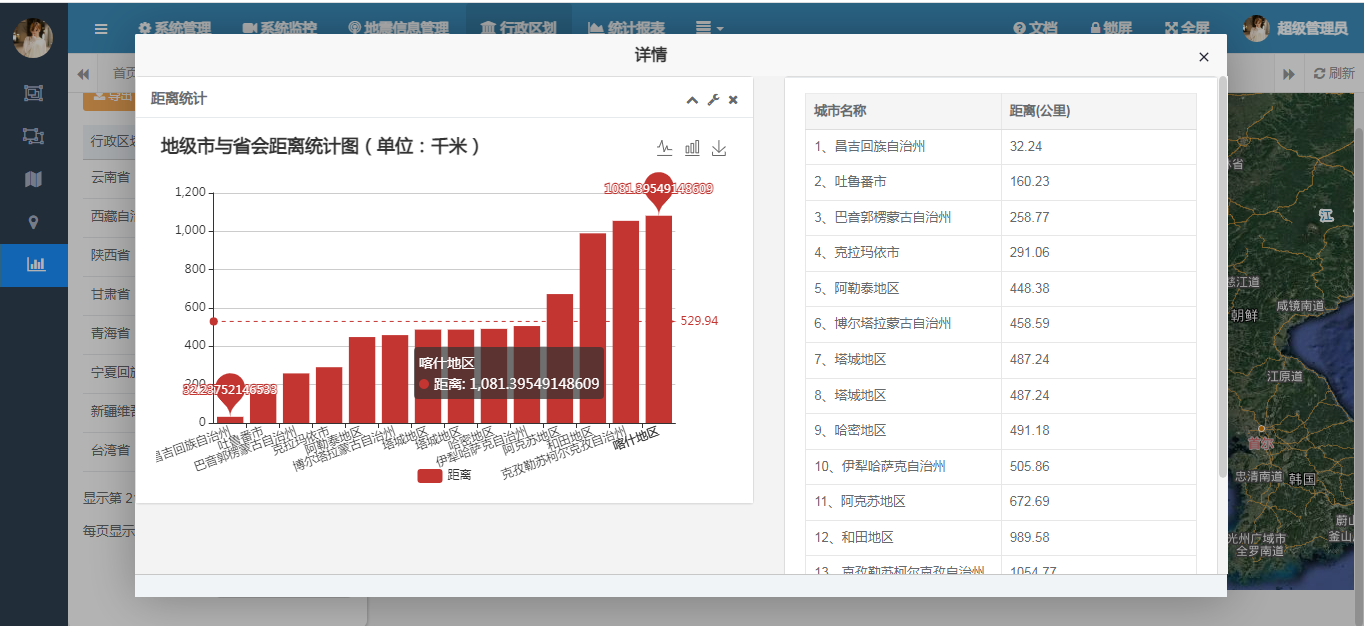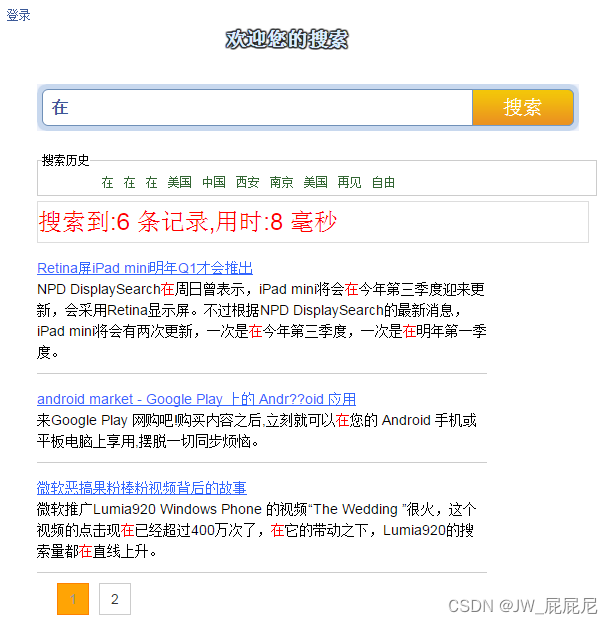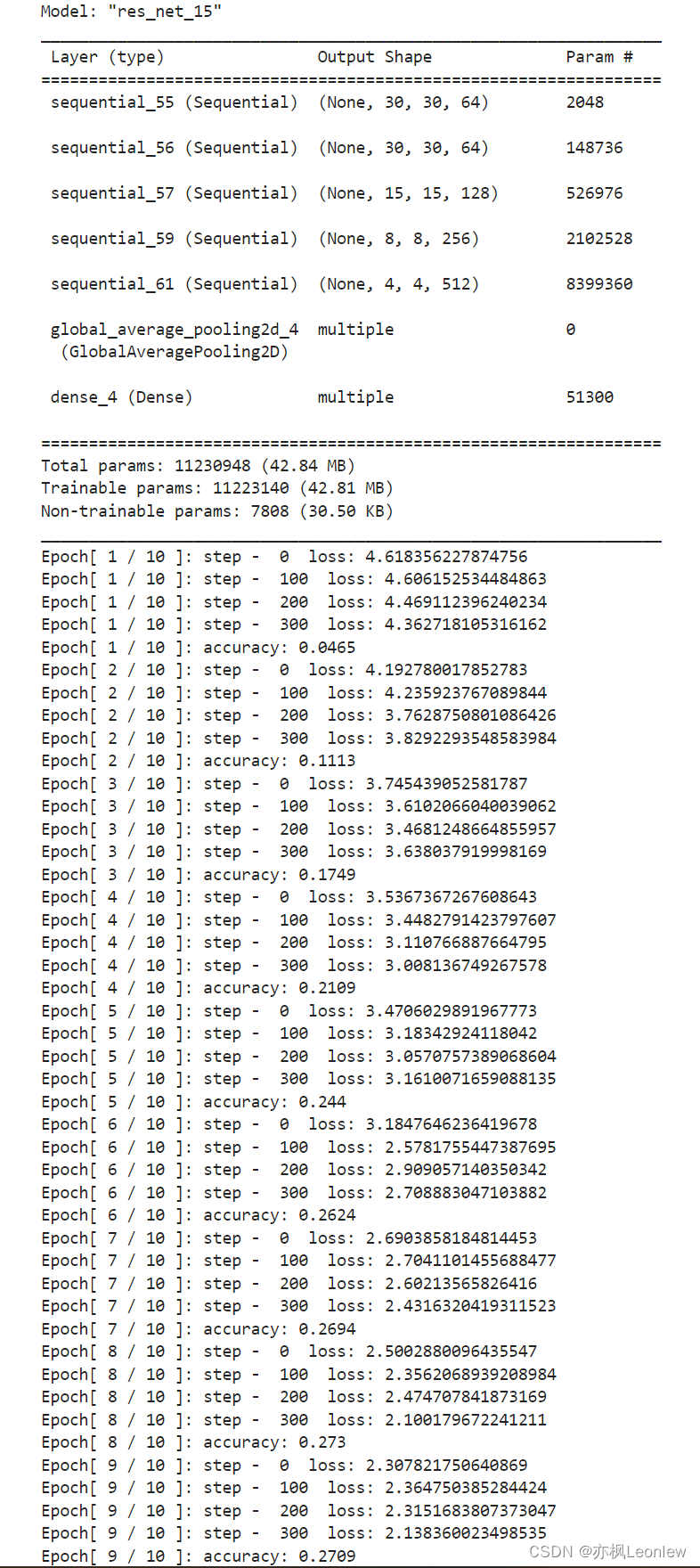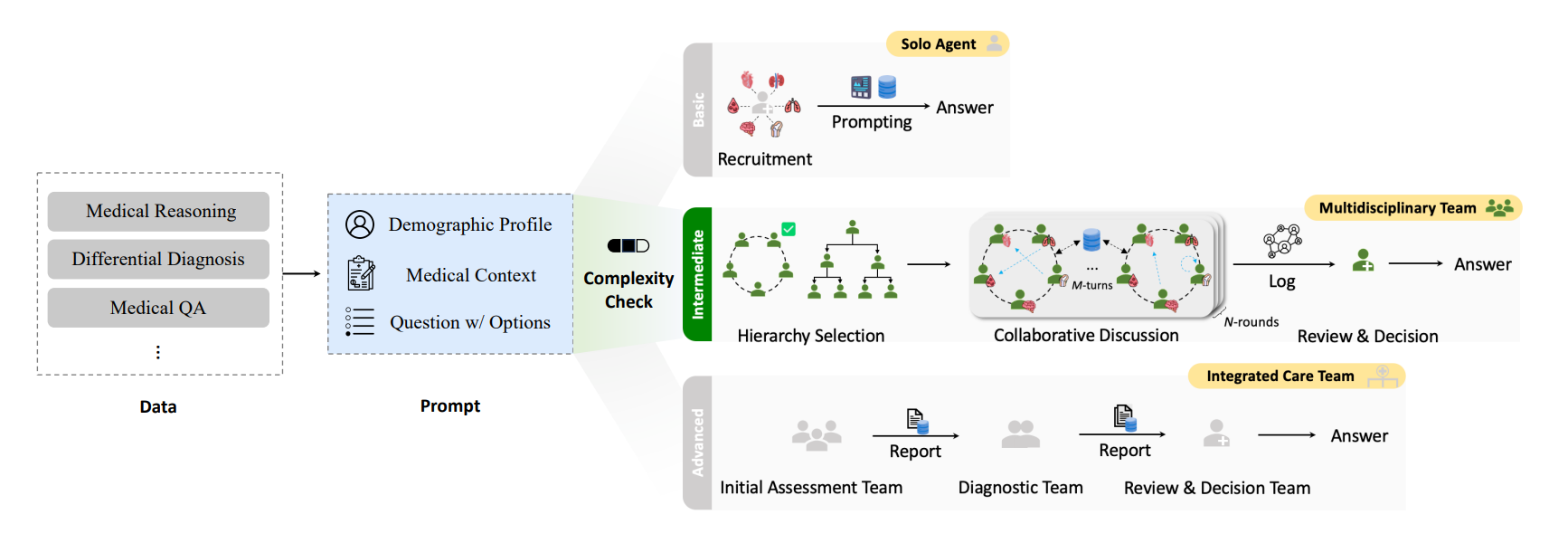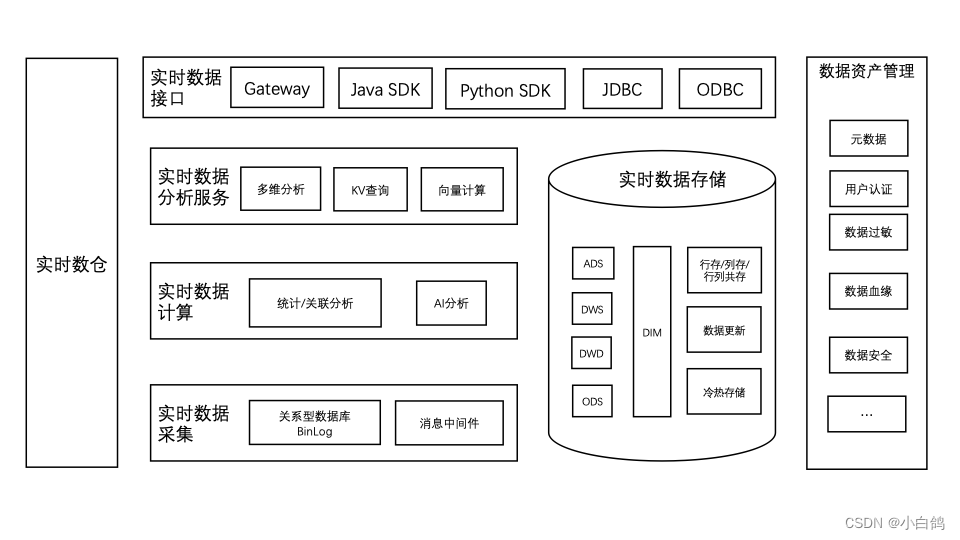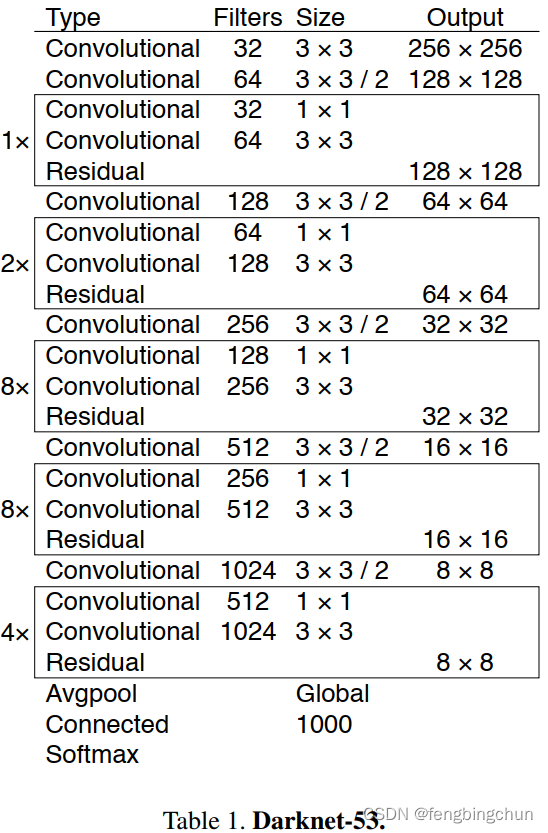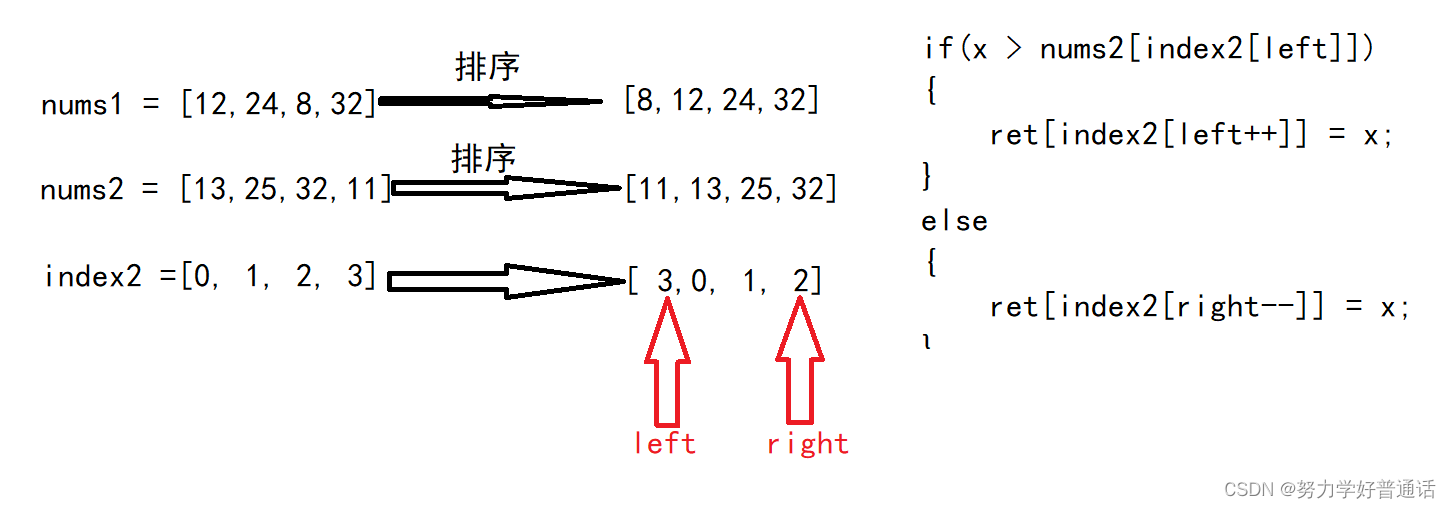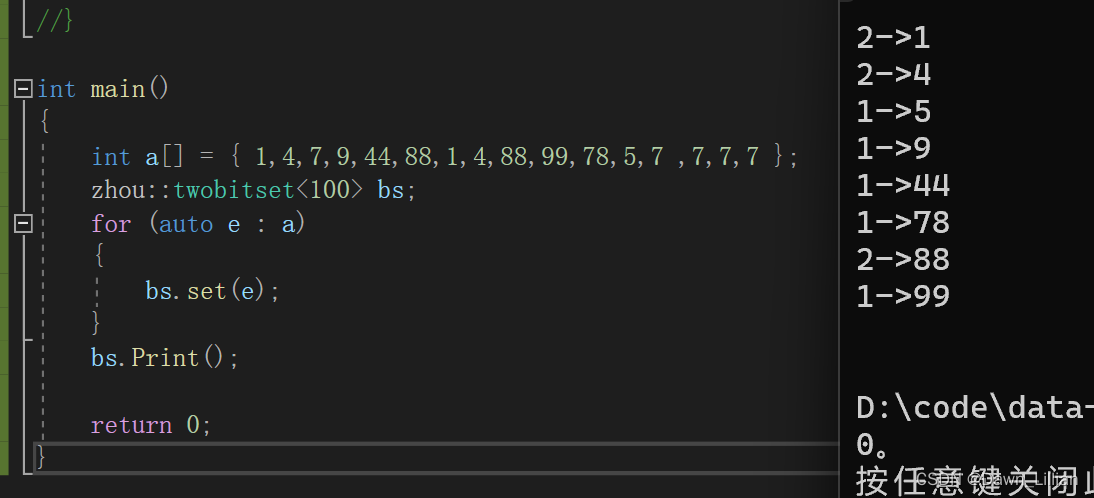前言
仅记录学习过程,有问题欢迎讨论
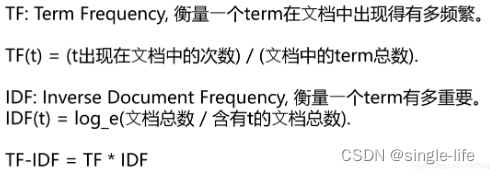
优势:
-
可解释性好
可以清晰地看到关键词
即使预测结果出错,也很容易找到原因 -
计算速度快
分词本身占耗时最多,其余为简单统计计算 -
对标注数据依赖小
可以使用无标注语料完成一部分工作 -
可以与很多算法组合使用
可以看做是词权重
劣势:
1.受分词效果影响大
2.词与词之间没有语义相似度
3.没有语序信息(词袋模型)
4.能力范围有限,无法完成复杂任务,如机器翻译和实体挖掘等
5.样本不均衡会对结果有很大影响
6.类内样本间分布不被考虑
代码
Demo1:手动实现TFIDF
"""
实现一个 TFIDF
"""
import jieba
import math
import os
import json
from collections import defaultdictdef build_tf_idf_dict(corpus):tf_dict = defaultdict(dict) # key:文档序号,value:dict,文档中每个词出现的频率idf_dict = defaultdict(set) # key:词, value:set,文档序号,最终用于计算每个词在多少篇文档中出现过for text_index, text_words in enumerate(corpus):for word in text_words:if word not in tf_dict[text_index]:tf_dict[text_index][word] = 0tf_dict[text_index][word] += 1idf_dict[word].add(text_index)idf_dict = dict([(key, len(value)) for key, value in idf_dict.items()])return tf_dict, idf_dict# 根据tf值和idf值计算tfidf
def calculate_tf_idf(tf_dict, idf_dict):tf_idf_dict = defaultdict(dict)for text_index, word_tf_count_dict in tf_dict.items():for word, tf_count in word_tf_count_dict.items():tf = tf_count / sum(word_tf_count_dict.values())# tf-idf = tf * log(D/(idf + 1))tf_idf_dict[text_index][word] = tf * math.log(len(tf_dict) / (idf_dict[word] + 1))return tf_idf_dict# 计算样本的 tfidf
def calculate_tfidf(corpus):corpus = [jieba.cut(text) for text in corpus]tf_dict, idf_dict = build_tf_idf_dict(corpus)tf_idf_dict = calculate_tf_idf(tf_dict, idf_dict)return tf_idf_dict# 取出前k个 tfidf最大的数据
def tf_idf_topk(tfidf_dict, paths=[], top=10, print_word=True):topk_dict = {}for text_index, text_tfidf_dict in tfidf_dict.items():# idf 逆序word_list = sorted(text_tfidf_dict.items(), reverse=True, key=lambda x: x[1])# 去排序后的前top个topk_dict[text_index] = word_list[:top]if print_word:print(text_index, paths[text_index])for i in range(top):print(word_list[i])print("----------")return topk_dictdef main():dir_path = r"week4/category_corpus/"corpus = []paths = []for path in os.listdir(dir_path):path = os.path.join(dir_path, path)if path.endswith("txt"):corpus.append(open(path, encoding="utf8").read())paths.append(os.path.basename(path))tf_idf_dict = calculate_tfidf(corpus)tf_idf_topk(tf_idf_dict, paths)if __name__ == "__main__":main()Demo2:利用 tfidf 实现简单搜索引擎功能
"""
利用 tfidf 实现简单搜索引擎功能"""import jieba
import math
import os
import json
from collections import defaultdict# 加载文档数据(可以想象成网页数据),计算每个网页的tfidf字典
from day0429_1 import calculate_tfidfdef load_data(path):# path = "/week4/news.json"corpus = []with open(path, encoding="utf8") as f:documents = json.loads(f.read())for document in documents:corpus.append(document['title'] + "\n" + document["content"])tf_idf_dict = calculate_tfidf(corpus)return tf_idf_dict, corpusdef search_engine(query_str, tf_idf_dict, corpus, top=3):query_words = jieba.lcut(query_str)res = []for doc_id, tf_idf in tf_idf_dict.items():score = 0for word in query_words:# 搜到关键词了 score++score += tf_idf.get(word, 0)res.append([doc_id, score])res = sorted(res, reverse=True, key=lambda x: x[1])for i in range(top):doc_id = res[i][0]print(corpus[doc_id])print("--------------")return resif __name__ == "__main__":path = "C:\\Users\\Administrator\\Desktop\\LearnPython\\week4\\news.json"tf_idf_dict, corpus = load_data(path)while True:query = input("请输入您要搜索的内容:")search_engine(query, tf_idf_dict, corpus)
Demo3 :基于tfidf实现简单文本摘要
import jieba
import math
import os
import random
import re
import json
from collections import defaultdictfrom day0429_1 import calculate_tfidf"""
基于tfidf实现简单文本摘要
"""# 加载文档数据(可以想象成网页数据),计算每个网页的tfidf字典
def load_data(file_path):corpus = []with open(file_path, encoding="utf8") as f:documents = json.loads(f.read())for document in documents:assert "\n" not in document["title"]assert "\n" not in document["content"]corpus.append(document["title"] + "\n" + document["content"])tf_idf_dict = calculate_tfidf(corpus)return tf_idf_dict, corpus# 计算每一篇文章的摘要
# 输入该文章的tf_idf词典,和文章内容
# top为人为定义的选取的句子数量
# 过滤掉一些正文太短的文章,因为正文太短在做摘要意义不大
def generate_document_abstract(document_tf_idf, document, top=3):sentences = re.split("?|!|。", document)if len(sentences) < 5:return Noneres = []for index, sentence in enumerate(sentences):sentence_score = 0words = jieba.lcut(sentence)for word in words:sentence_score += document_tf_idf.get(word, 0)# 记录下每句话的分数和下标res.append([sentence_score, index])res = sorted(res, reverse=True, key=lambda x: x[0])# 权重最高的可能依次是第10,第6,第3句,将他们调整为出现顺序比较合理,即3,6,10important_sentence_indexs = sorted([x[1] for x in res[:top]])return "。".join([sentences[index] for index in important_sentence_indexs])# 生成摘要
def generate_abstract(tf_idf_dict, corpus):res = []for index, document_tf_idf in tf_idf_dict.items():title, content = corpus[index].split("\n")abstract = generate_document_abstract(document_tf_idf, content)if abstract is None:continuecorpus[index] = "\n" + abstractres.append({"标题": title, "正文": content, "摘要": abstract})return resif __name__ == "__main__":path = "C:\\Users\\Administrator\\Desktop\\LearnPython\\week4\\news.json"tf_idf_dict, corpus = load_data(path)res = generate_abstract(tf_idf_dict, corpus)writer = open("abstract.json", "w", encoding="utf8")writer.write(json.dumps(res, ensure_ascii=False, indent=2))writer.close()![[RocketMq:基于容器化]:快速部署安装](https://img-blog.csdnimg.cn/direct/88508eb6580d429c878c4e30fda70f97.png)


